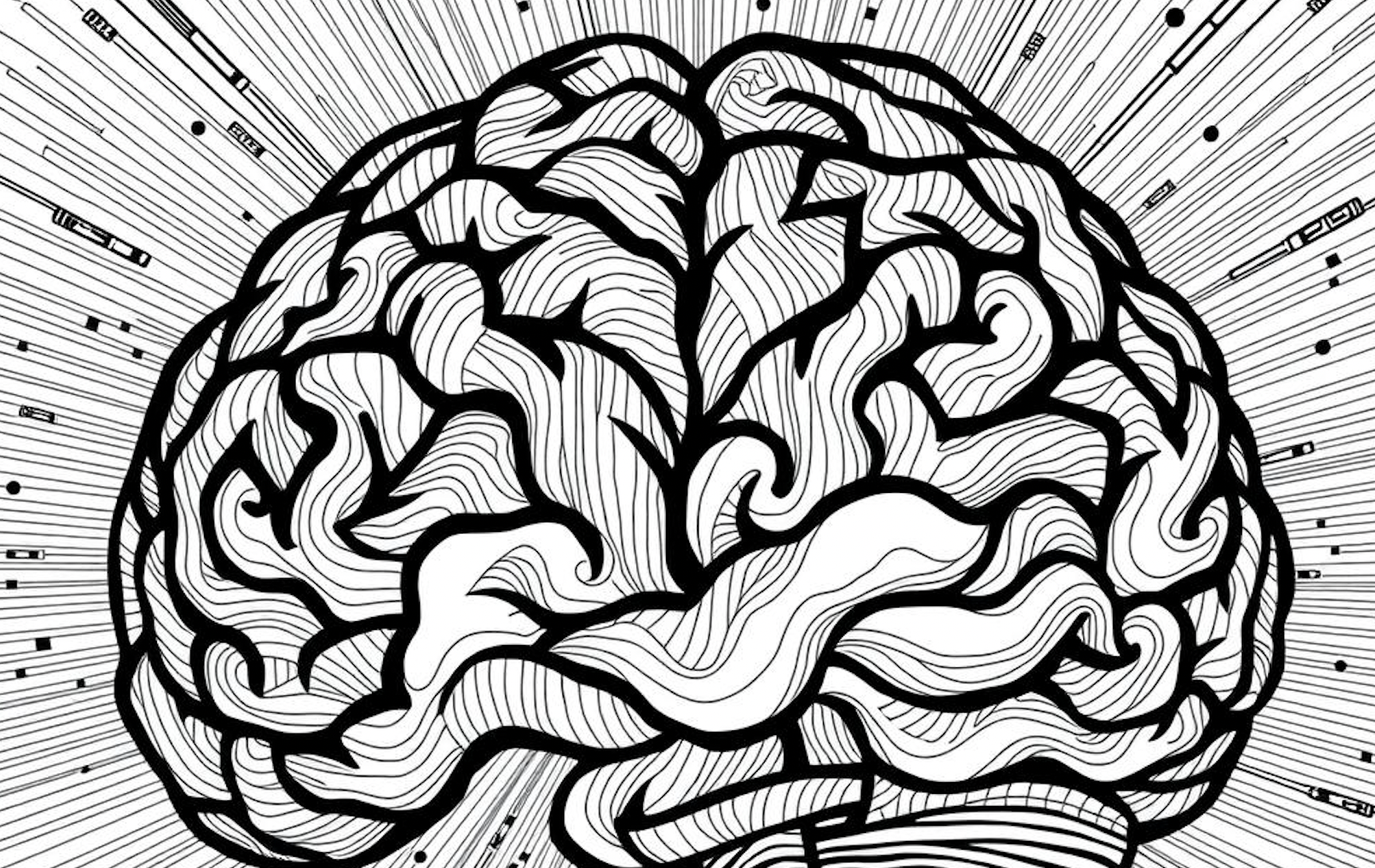
This article was originally written by Kisha G. Tracy of Fitchburg State University via Remixing Open Textbooks with an Equity Lens (ROTEL)
Learning Objectives: By the end of this section, you will be able to:
- identify and avoid problematic language choices related to disability.
- articulate why word choices in general should be deliberate and considered.
Why Should We Write about Disability?
The act of writing is one of the ways humans communicate with each other. We use it both to persuade others and, in some ways, persuade ourselves of our ideas as we work them out through written expression. Writing of different kinds is everywhere – in news articles and journalistic reports, in social media, in films and literature, in government laws and legal documents, even in speeches and oral presentations. How disability is presented in all of these ways is important. It affects how people are treated and how they are perceived, but it also affects how people see themselves. Not writing about disability has the effect of erasing people with disabilities. Writing about disability in misinformed or disrespectful ways reinforces stereotypes and impedes progress.
“The complexity of human experience is truly amazing, and when we constrain ourselves, or our characters, into narrow paths, we miss opportunities. Writing is one medium we use to sort out these complexities and express the full spectrum of human existence. Being a conscientious and careful writer includes acknowledging the variety of humanity even if we do not share in a particular identity. When you think of identity, what comes to mind? Race, religion, ethnicity? Age? Gender? One element often ignored is disability. Disability, like any other marginalized identity, has its challenges and its joys. As with any marginalized identity, it is important to listen to and center disabled people. In the 1990s, the Disability Rights Movement (DRM) embraced the slogan ‘Nothing About Us Without Us.’ Elaborated by two South African disability activists, the slogan encourages everyone to include and center the marginalized community within their work. The DRM message was, and is, in direct opposition to how disabled people are generally treated by the non-disabled, which is often that their accomplishments are viewed only as motivational messages for abled people. ‘Inspiration porn’ (coined by disability activist Stella Young) is the objectification of disabled people as inspirations for abled people. The veteran is ‘so brave’ for walking with her prosthesis. The intellectually disabled child is ‘so amazing’ for graduating from high school. We, as abled people, have ‘no excuses’ not to exercise when we see a disabled athlete killing a workout. Reducing people to their disability and then using that disability to “motivate” the abled is essentializing and stereotyping. Writers have a unique space within which to examine and critique the historical silencing of disability, and to compose new, more comprehensive, narratives. When we write, we offer unique perspectives on lived experiences and we have the ability to find commonality in difference, to offer intersectional paths. One that values ALL bodies and minds. Do not be afraid to be your whole self or allow others to be their full selves. Recognize ways in which ableism affects you and those around you. Be intersectional; know that race, class, ethnicity, age, and disability interact in varied ways in this world. And write about it!” – Dr. Kimberly Klimek, History, Metropolitan State University of Denver
How Should We Write about Disability?
ADA Guidelines for Writing About People With Disabilities
Words are powerful.
The words you use and the way you portray individuals with disabilities matters. This factsheet provides guidelines for portraying individuals with disabilities in a respectful and balanced way by using language that is accurate, neutral and objective.
- Ask to find out if an individual is willing to disclose their disability.
Do not assume that people with disabilities are willing to disclose their disability. While some people prefer to be public about their disability, such as including information about their disability in a media article, others choose to not be publically identified as a person with a disability.
- Emphasize abilities, not limitations.
Choosing language that emphasizes what people can do instead of what they can’t do is empowering.
| Use | Don’t Use |
| Person who uses a wheelchair | Wheelchair-bound; confined to a wheelchair |
| Person who uses a communication device; uses an alternative method of communication | Is non-verbal; can’t talk |
- In general, refer to the person first and the disability second.
People with disabilities are, first and foremost, people. Labeling a person equates the person with a condition and can be disrespectful and dehumanizing. A person isn’t a disability, condition or diagnosis; a person has a disability, condition or diagnosis. This is called Person-First Language.
| Use | Don’t Use |
| Person with a disability, people with disabilities | Disabled person; the disabled |
| Man with paraplegia | Paraplegic; paraplegic man |
| Person with a learning disability | Slow learner |
| Student receiving special education services | Special education student |
| A person of short stature or little person | Dwarf, midget |
- However, always ask to find out an individual’s language preferences.
People with disabilities have different preferences when referring to their disability. Some people see their disability as an essential part of who they are and prefer to be identified with their disability first – this is called Identity-First Language. Others prefer Person-First Language. Examples of Identity-First Language include identifying someone as a deaf person instead of a person who is deaf, or an autistic person instead of a person with autism.
- Use neutral language.
Do not use language that portrays the person as passive or suggests a lack of something: victim, invalid, defective.
| Use | Don’t Use |
| Person who has had a stroke | Stroke victim |
| Congenital disability | Birth defect |
| Person with epilepsy | Person afflicted with epilepsy, epileptic |
| Person with a brain injury | Brain damaged, brain injury sufferer |
| Burn survivor | Burn victim |
- Use language that emphasizes the need for accessibility rather than the presence of a disability.
| Use | Don’t Use |
| Accessible parking | Handicapped parking |
| Accessible restroom | Disabled restroom |
Note that ‘handicapped’ is an outdated and unacceptable term to use when referring to individuals or accessible environments.
- Do not use condescending euphemisms.
Terms like differently-abled, challenged, handi-capable or special are often considered condescending.
- Do not use offensive language.
Examples of offensive language include freak, retard, lame, imbecile, vegetable, cripple, crazy, or psycho.
- Describing people without disabilities.
In discussions that include people both with and without disabilities, do not use words that imply negative stereotypes of those with disabilities.
| Use | Don’t Use |
| People without disabilities | Normal, healthy, able-bodied, whole |
| She is a child without disabilities | She is a normal child |
- Remember that disability is not an illness and people with disabilities are not patients.
People with disabilities can be healthy although they may have a chronic condition such as arthritis or diabetes. Only refer to someone as a patient when his or her relationship with a health care provider is under discussion.
- Do not use language that perpetuates negative stereotypes about psychiatric disabilities.
Much work needs to be done to break down stigma around psychiatric disabilities. The American Psychiatric Association has new guidelines for communicating responsibly about mental health.
| Use | Don’t Use |
| He has a diagnosis of bipolar disorder; he is living with bipolar disorder | He is (a) bipolar; he is (a) manic-depressive |
| Attempted suicide | Unsuccessful suicide |
| Died by suicide | Committed suicide |
| Is receiving mental health services | Mental Health patient/case |
| Person with schizophrenia | Schizophrenic, schizo |
| Person with substance use disorder; person experiencing alcohol/drug problem | Addict, abuser; junkie |
| She has a mental health condition or psychiatric disability | She is mentally ill/emotionally disturbed/ insane |
- Portray successful people with disabilities in a balanced way, not as heroic or superhuman.
Do not make assumptions by saying a person with a disability is heroic or inspiring because they are simply living their lives. Stereotypes may raise false expectations that everyone with a disability is or should be an inspiration. People may be inspired by them just as they may be inspired by anyone else. Everyone faces challenges in life.
- Do not mention someone’s disability unless it is essential to the story.
The fact that someone is blind or uses a wheelchair may or may not be relevant to the article you are writing. Only identify a person as having a disability if this information is essential to the story. For example, say “Board president Chris Jones called the meeting to order.” Do not say, “Board president Chris Jones, who is blind, called the meeting to order.” It’s ok to identify someone’s disability if it is essential to the story. For example, “Amy Jones, who uses a wheelchair, spoke about her experience with using accessible transportation.”
- Create balanced human-interest stories instead of tear-jerking stories.
Tearjerkers about incurable diseases, congenital disabilities or severe injury that are intended to elicit pity perpetuate negative stereotypes.
Text Attributions
This section contains material taken from “Guidelines for Writing About People With Disabilities,” which may be reproduced and distributed freely with attribution to ADA National Network.
Inspiration Porn
“Inspiration porn” is a phrase coined by Australian disability activist Stella Young to describe a tendency to use images or stories of people with disabilities to indicate that non-disabled people “should be able” to do something if a person with a disability can do it. This type of representation is often to motivate others, rather than highlight people with disabilities. We can especially see “inspiration porn” at work in media coverage of events such as the Paralympics.
View: “I’m not your inspiration, thank you very much”
This page titled 3.3: Writing About Disability is shared under a CC BY-NC 4.0 license and was authored, remixed, and/or curated by Kisha G. Tracy (Remixing Open Textbooks with an Equity Lens (ROTEL)) via source content that was edited to the style and standards of the LibreTexts platform.






